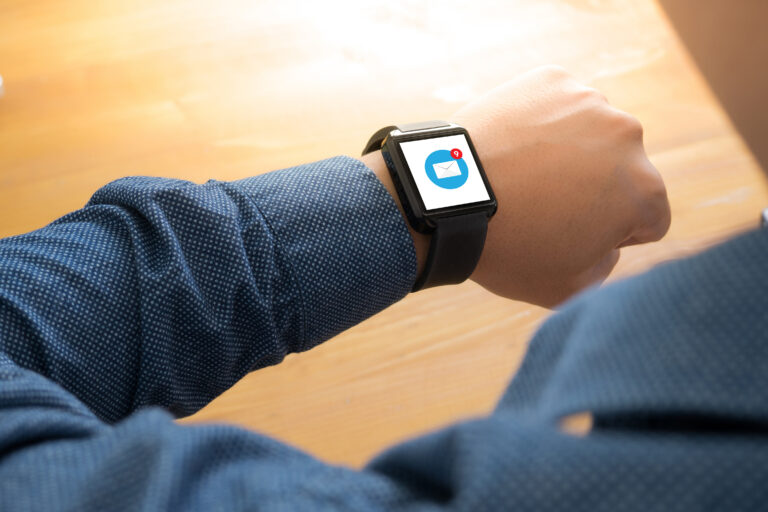Virtual reality (VR) technology has been making waves in various industries, from entertainment to healthcare. This immersive technology has been found to have numerous benefits, including improving spatial memory through innovative virtual reality therapy.
But what exactly is spatial memory and how does VR therapy help improve it? Spatial memory is the ability to remember and navigate through physical spaces, such as a familiar neighborhood or a new route to work. It plays a crucial role in our daily lives, from helping us remember where we left our keys to finding our way around a new city.
However, spatial memory can be affected by various factors, including age, injury, and conditions like Alzheimer’s disease. When our spatial memory is impaired, it can greatly impact our daily activities and independence. This is where virtual reality therapy comes in.
Traditional rehabilitation methods for spatial memory involve repetitive exercises and tasks, which can be tedious and mundane. This is where innovative virtual reality therapy shines, as it provides a more engaging and immersive experience for patients.
One of the key ways VR therapy helps improve spatial memory is through the concept of neuroplasticity. This is the brain’s ability to rewire and reorganize itself in response to new experiences and stimulation. By providing a simulated environment, VR therapy creates new neural connections in the brain, helping to strengthen and improve spatial memory.
In VR therapy, patients are placed in virtual environments that mimic real-world scenarios. For example, a patient with impaired spatial memory may be placed in a virtual grocery store and asked to navigate through the aisles to find specific items on a shopping list.
The use of VR also allows therapists to customize the level of difficulty and complexity of the tasks based on the patient’s individual needs. This means that as the patient’s spatial memory improves, the tasks can be adjusted accordingly to provide a continuous challenge.
Additionally, VR therapy also allows for real-time feedback. Through sensors and tracking devices, therapists can monitor the patient’s movements and progress, providing immediate feedback and corrections. This helps patients to learn from their mistakes and make improvements in real-time, leading to faster and more effective results.
Another advantage of VR therapy is its ability to create a safe and controlled environment for patients. This is especially beneficial for those with conditions like Alzheimer’s disease, where real-world environments can be overwhelming and confusing. In VR therapy, patients can experience simulated scenarios in a familiar and controlled setting, helping to reduce anxiety and improve focus.
Moreover, VR therapy also offers a more enjoyable and motivating experience for patients. Traditional rehabilitation methods can be monotonous and demotivating, leading to a lack of engagement and progress. In contrast, VR therapy provides a more interactive and stimulating experience, making it easier for patients to stay engaged and committed to their rehabilitation.
Several studies have shown the effectiveness of virtual reality therapy in improving spatial memory. In one study, participants with mild cognitive impairment showed significant improvements in spatial memory after undergoing VR therapy compared to traditional rehabilitation methods. Another study showed that VR therapy was more effective in improving spatial memory in stroke patients than traditional therapy.
In addition to improving spatial memory, VR therapy has also been found to have positive effects on other cognitive functions, such as attention, decision-making, and executive functioning. This showcases the potential of this innovative technology in enhancing overall cognitive abilities.
In conclusion, innovative virtual reality therapy offers a promising solution for improving spatial memory. By providing a simulated environment, personalized tasks, real-time feedback, and a motivating experience, it helps patients to strengthen their spatial memory and regain independence in their daily lives. With further advancements in VR technology, this form of therapy has the potential to revolutionize rehabilitation techniques and improve the lives of individuals with impaired spatial memory.





